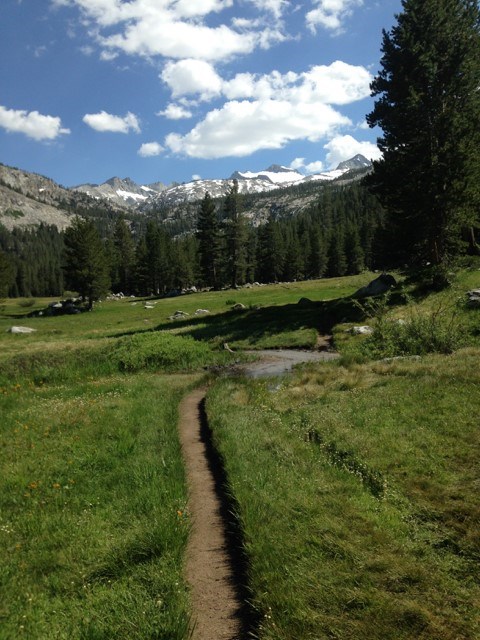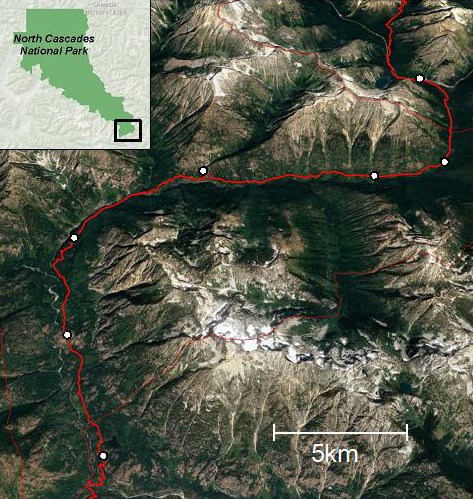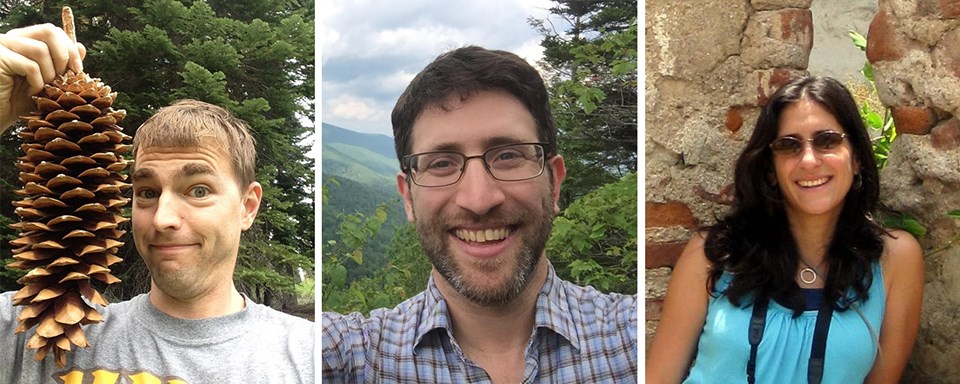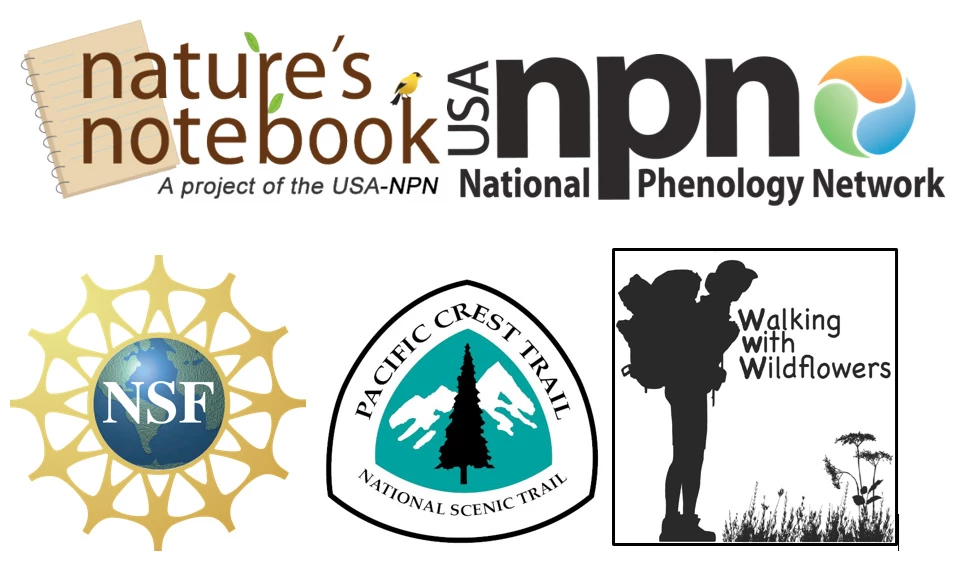Last updated: May 11, 2018
Article
Walking With Wildflowers: Monitoring Pacific Crest Trail Plant Communities as Climate Changes
Walking with Wildflowers is a citizen science program dedicated to monitoring plant phenology along the Pacific Crest Trail (PCT) using observations from hikers and backpackers. Our main goal is to determine whether plant species are able to respond to changing climatic conditions and better understand how plants use seasonal cues to time flowering.

Introduction
Changing climates have the ability to dramatically impact plant and wildlife populations. One of the most severe challenges that climate change poses to plant populations is altering growing season timing and duration. As winters shorten and become warmer while summers lengthen and become more arid, the optimal growing season for spring wildflowers moves earlier in the season and phenology – the timing of biological events – may be compromised.
These risks are particular concerning for subalpine and alpine wildflower communities, as these ecosystems will experience the greatest degree of change, including large year-to-year fluctuations in snow cover that can drastically alter the optimal timing for reproduction in plants. Long term studies in Colorado and Massachusetts have already demonstrated that some plants have not been able to track changing climates over the last 50 years.
Understanding which species are threatened depends foremost on documenting phenological patterns across time and space for floral communities to determine which species are able to acclimate or adapt.
What Are We Doing?
We are monitoring plant phenology at 23 sites in three national parks and one national forest along the PCT:
- North Cascades National Park Service Complex
- Crater Lake National Park
- Yosemite National Park
- Inyo National Forest
Why the Pacific Crest Trail?
The PCT is a spectacular place to observe and record plant phenology. This trail spans from Mexico to Canada, and traverses the Sierra Nevada and Cascade Mountain ranges at elevations up to 13,159ft. Importantly, the PCT spans the physiological limits of many species, allowing researchers to directly test how climate impacts species across their ranges. Our volunteers survey the flowering status of several species of plants in predetermined sites while hiking the PCT. Because of the number of hikers that pass these sites on a daily basis, a continual stream of phenology observations is generated that would be impossible for researchers to generate on their own.
Monitoring Objectives
- Monitor long-term trends in plant phenology in select areas
- Engage citizen scientists in collection of data and communication of information to the general public
- Provide data to national parks and forests to inform and adapt land management practices as climate changes

Monitoring Methods
- Each phenology sites contains ~20 tagged plants. Across our sites, we survey 19 different species including wildflowers, scrubs, and trees from snowmelt (early July) until first frost (early September).
- Volunteers record whether a tagged plant is flowering and the number of open flowers on a plant via the Nature’s Notebook App on the user’s smartphone.
- Plant phenology data is automatically added to USA National Phenology Network’s database that is freely available to the public and researchers.
Results – 2016 Field Season
Our program started in 2016 by surveying wildflower communities along the PCT in each focal area. This survey resulted in documenting >200 plant species from 97 different sites. From this information, we have chosen 23 sites including 7 in North Cascades National Park. In the 2017 field season, we plan to tag plants at each site early and be ready for our first volunteers!
Walking with Wildflowers Organizers

Nicholas (Nic) Kooyers is research scientist at University of South Florida, a co-founder and project manager for Walking with Wildflowers. He studies how plant populations adapt to climatic change.
Benjamin (Ben) Blackman is an assistant professor at University of California-Berkeley and co-founder of Walking with Wildflowers. He studies how plants cope with daily and seasonal shifts in the environment.
Katherine (Kathy) Gerst is an associate research scientist with the USA National Phenology Network. Her research translates citizen science phenology observations into useable conclusions for the scientific community and the public.
More Information
Get Involved!
Website: https://pct.usanpn.org/
Facebook: WalkingwithWildflowers
Email: WalkingwithWildflowers@gmail.com

